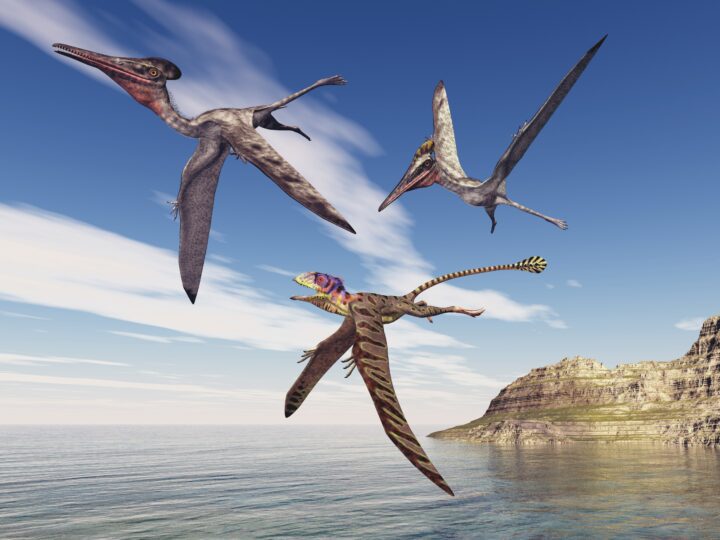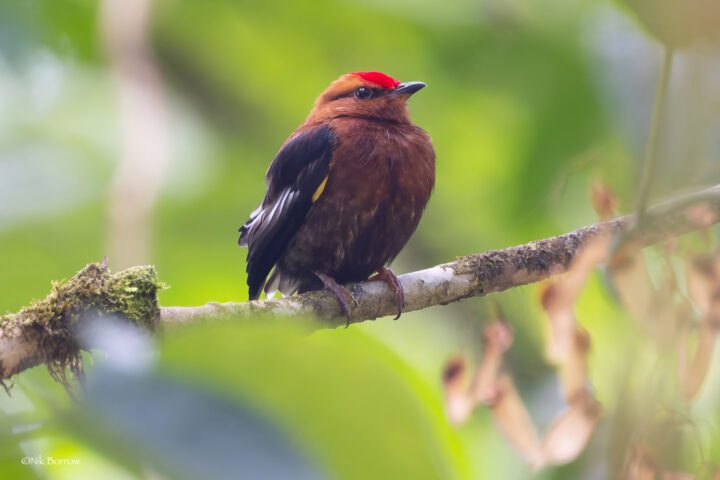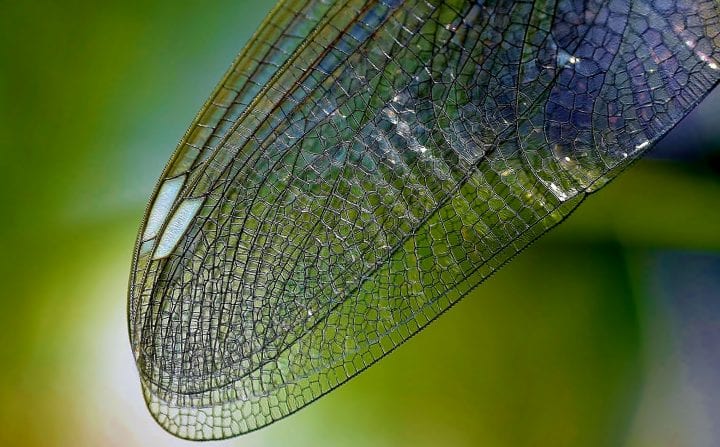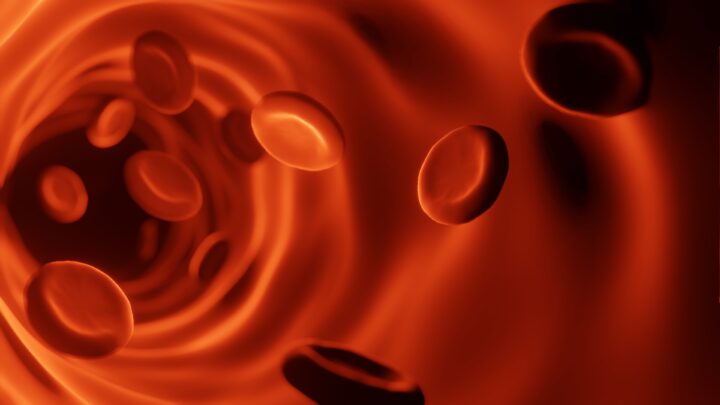Hoverflies use a rolling maneuver to right themselves when taking off from upside down.
Introduction
Hoverflies are critical pollinators, and many species have benefited by mimicking the appearance of bees and wasps––species with defense mechanisms the hoverflies lack. But hoverflies have other impressive abilities of their own, namely a lightning-quick way to orient themselves in flight. In particular, they can almost instantly flip over when taking flight from an upside-down position.
The Strategy
The righting reflex in hoverflies involves a combination of aerodynamic forces and coordinated body movements to initiate and control the rolling motion.
During take-off, hoverflies flap their wings out of sync with each other. This asymmetry in wing motion produces torque, enabling the hoverfly to initiate a roll. They can then control the amount of torque by changing the amplitude of each wing stroke.
They also utilize active roll damping, which stabilizes their roll movements within a single wingbeat despite variable external conditions, providing remarkable stability during flight.
Furthermore, hoverflies possess an efficient gaze stabilization reflex, ensuring they maintain visual focus and orientation while the head and thorax rotate at different rates.
A key that allows for these rapid adjustments is the presence in flies of halteres, specialized organs that act as gyroscopic sensors. Halteres developed from earlier hindwings and have various sensory organs that detect position and motion at their base. They beat opposite the wings respond to both Coriolis and centrifugal forces, providing crucial information about the fly’s angular rate.
Integration of the halteres into the righting reflex is vital for achieving precise orientation control. They participate in two nested feedback loops that regulate the roll rate and roll angle, contributing to the stability of the hoverfly during the righting process. The halteres serve not only as sensors but also play a role in the feedforward system, influencing the control of head orientation relative to the thorax. Their ability to detect rotational movements and provide real-time feedback enhances the hoverflies’ capacity to maintain stability and visual focus.
The Potential
Understanding the righting reflex of hoverflies presents exciting possibilities for various applications in engineering and design. By incorporating the principles of dynamic rolling and active roll damping, we can enhance the stability and maneuverability of aerial systems, such as autonomous drones or robotic platforms.
One potential application lies in the development of agile airborne drones capable of operating in complex environments. By mimicking the asymmetric wing motions and stroke-amplitude asymmetry observed in hoverflies, drones can achieve better control and stability during take-off and flight. The ability to actively dampen roll movements, as hoverflies do, will allow drones to maintain stability even in challenging conditions, enabling safer and more efficient operations.
Another potential application is in the field of earth-bound robotics. By implementing a righting reflex strategy inspired by hoverflies, robotic systems can enhance their self-correction capabilities when faced with disturbances or changes in orientation. This can lead to more robust and adaptable robots capable of recovering from unexpected situations, making them ideal for tasks in unstructured and dynamic environments.
Furthermore, the insights gained from hoverflies’ righting reflex can inspire advancements in human-centered design. By studying and emulating the coordination between wing motions, body dynamics, and sensory feedback, humans could develop innovative solutions for improving human balance and stability. Applications may include wearable technologies or assistive devices that provide enhanced stability and control for individuals with mobility impairments.
AI on AskNature
This page was produced in part with the assistance of AI, which is allowing us to greatly expand the volume of content available on AskNature. All of the content has been reviewed for accuracy and appropriateness by human editors. To provide feedback or to get involved with the project, contact us.





